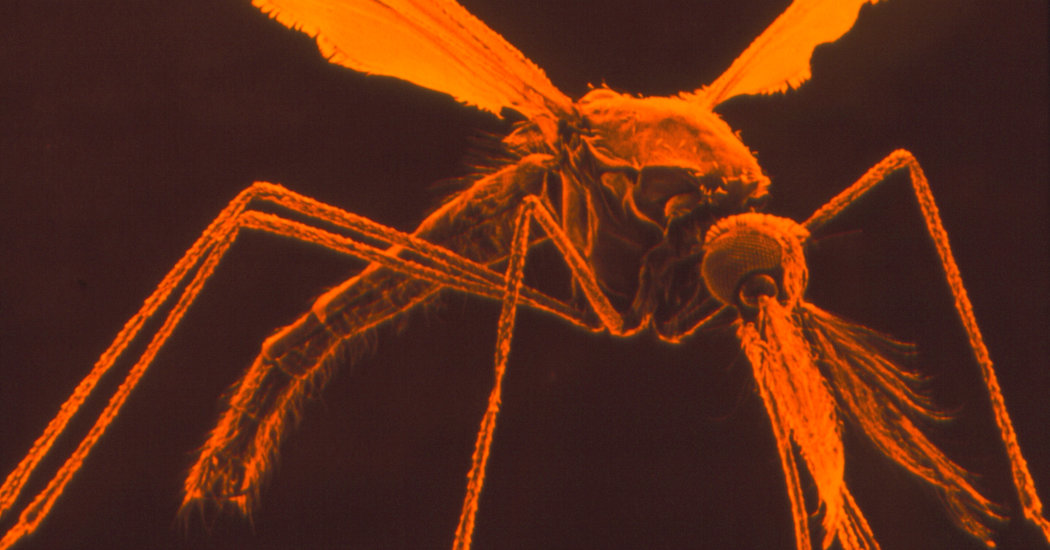
Kevin Esfelt, who studies the evolution of gene drives at Massachusetts Institute of Technology, indicated that the biological aspects of mosquito control may now be close to solution. “With this achievement, the major barriers to saving lives are arguably no longer mostly technical, but social and diplomatic,” he said.
Launching a gene drive into the wild is risky. Once released, it can’t be recalled or easily disabled should anything go awry. In 2016, the National Academy of Sciences called for extensive tests and public consultation before any gene drive is released.
The theory of how gene drives could be used to control pest populations was laid out in 2003, in an article by Austin Burt, a biologist at Imperial College, London, and a co-author on the new paper. He hopes that a small-scale field trial can be started in Africa in five years.
Implementing such a program would entail releasing just a few hundred drive-carrying mosquitoes in each village. “We wouldn’t have to hit every village, maybe as few as one percent,” Dr. Burt said. Complete eradication isn’t necessary; the malaria parasite can’t maintain its populations once the number of mosquitoes falls below a certain number.
“If there are no unexpected technical or regulatory delays,” Dr. Burt said, “it’s possible to envisage that gene-drive mosquitoes, in combination with other approaches, could have eliminated malaria in significant parts of Africa in 15 years.”
Achieving such a goal likely will require a continentwide agreement, since a gene drive, once released, probably couldn’t be confined to a single country, and biologists want to avoid any unintended consequences. All insects analyzed so far rely on the doublesex gene to direct their sexual development. It could be disastrous if an altered doublesex gene drive somehow jumped from mosquitoes to another insect species, such as bees.
“That’s not possible,” Dr. Crisanti said. He noted that every insect species has its own version of both the doublesex gene and the gene’s highly conserved region, so a gene drive aimed at one species wouldn’t work in any other. For that same reason, the technique potentially could be aimed at a wide range of noxious insects, each targeted individually.

